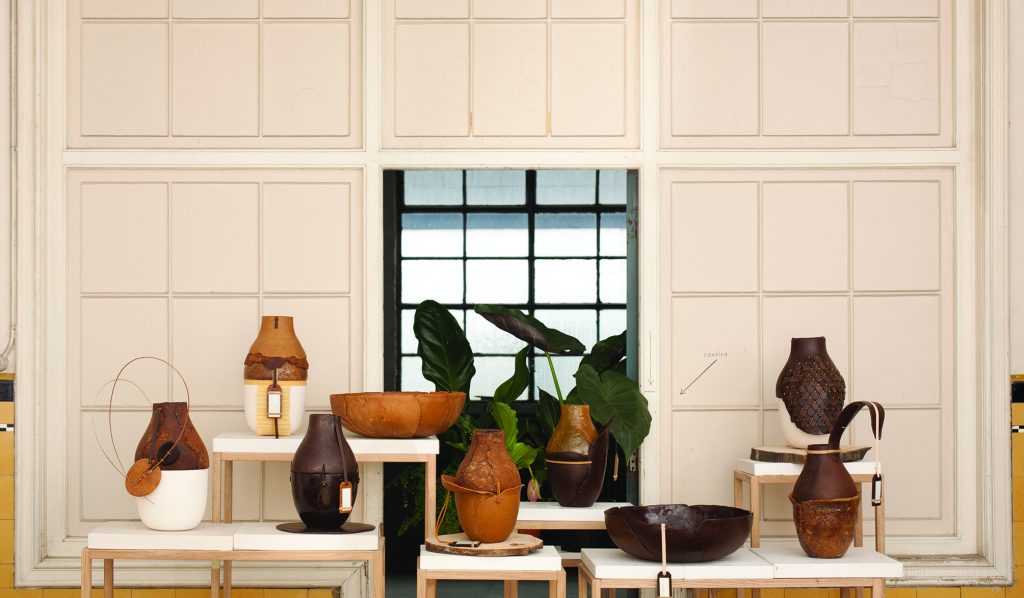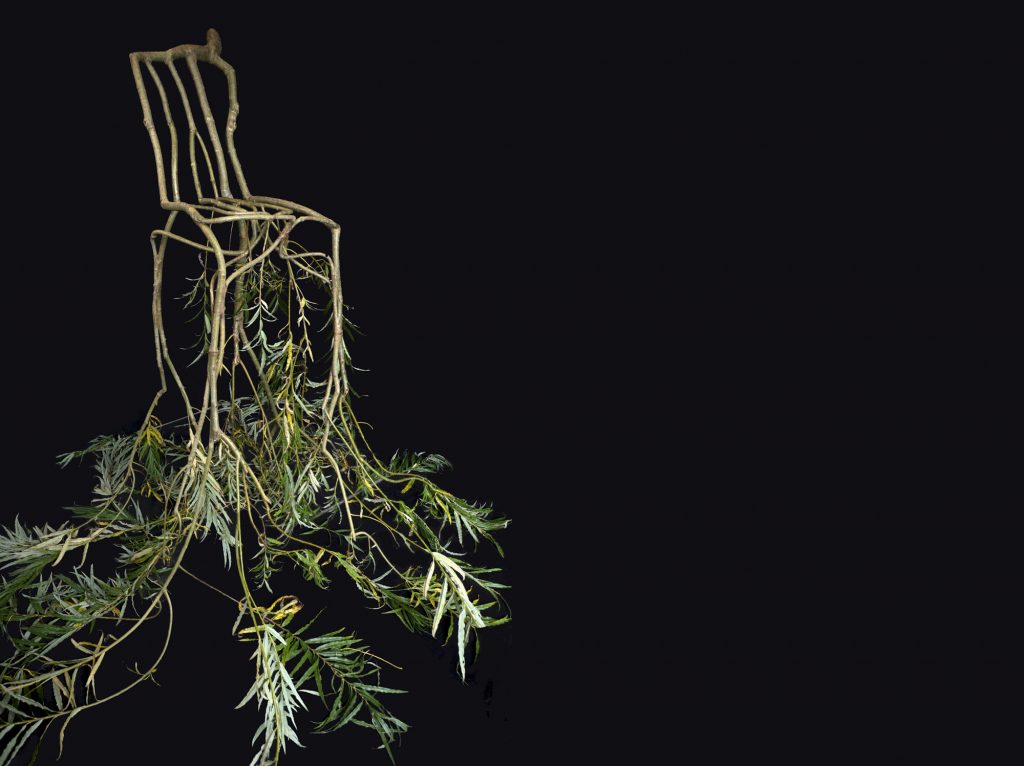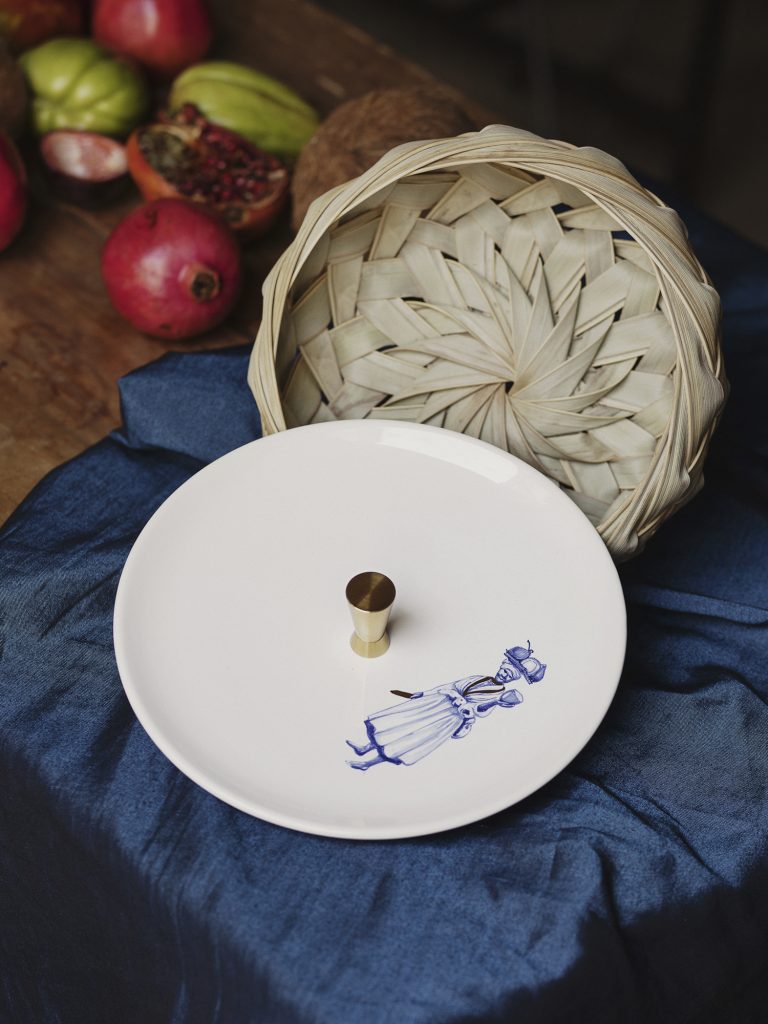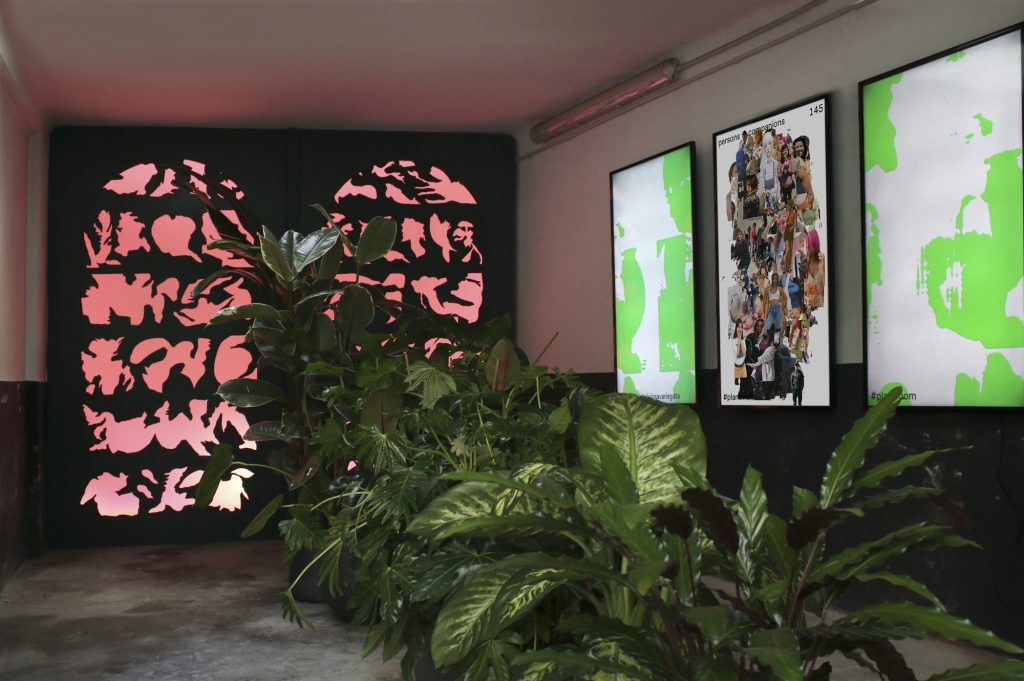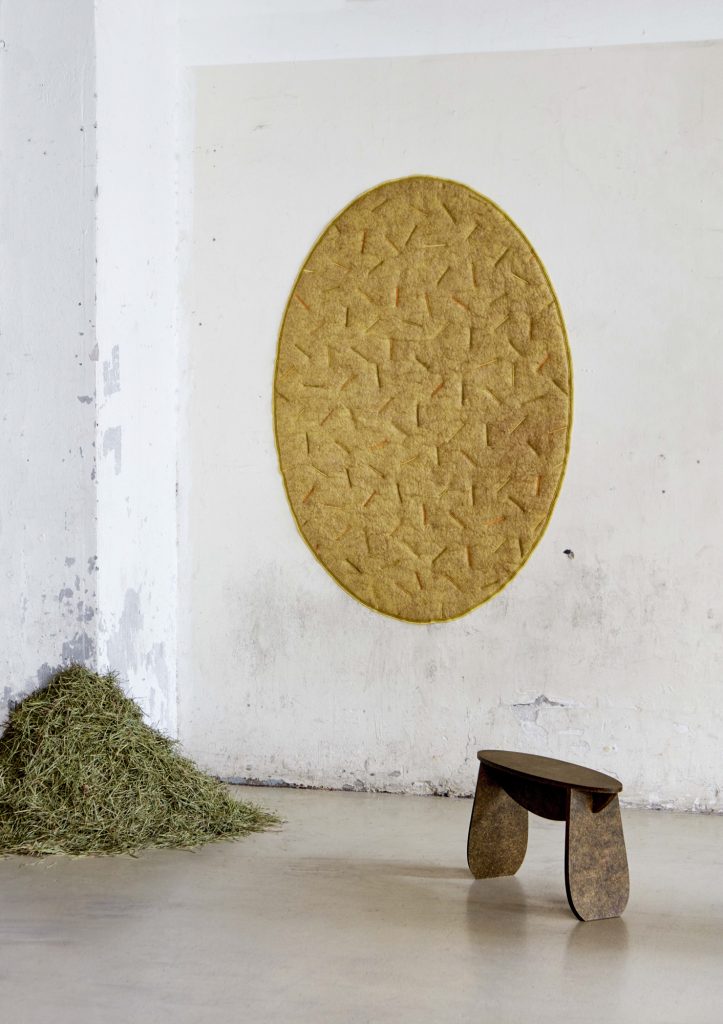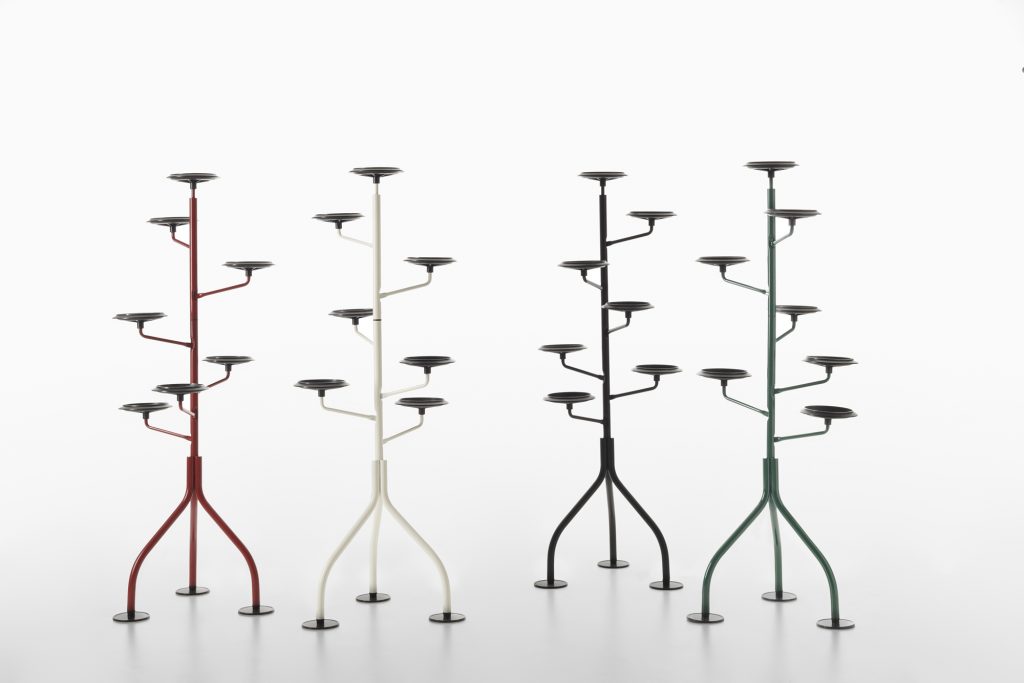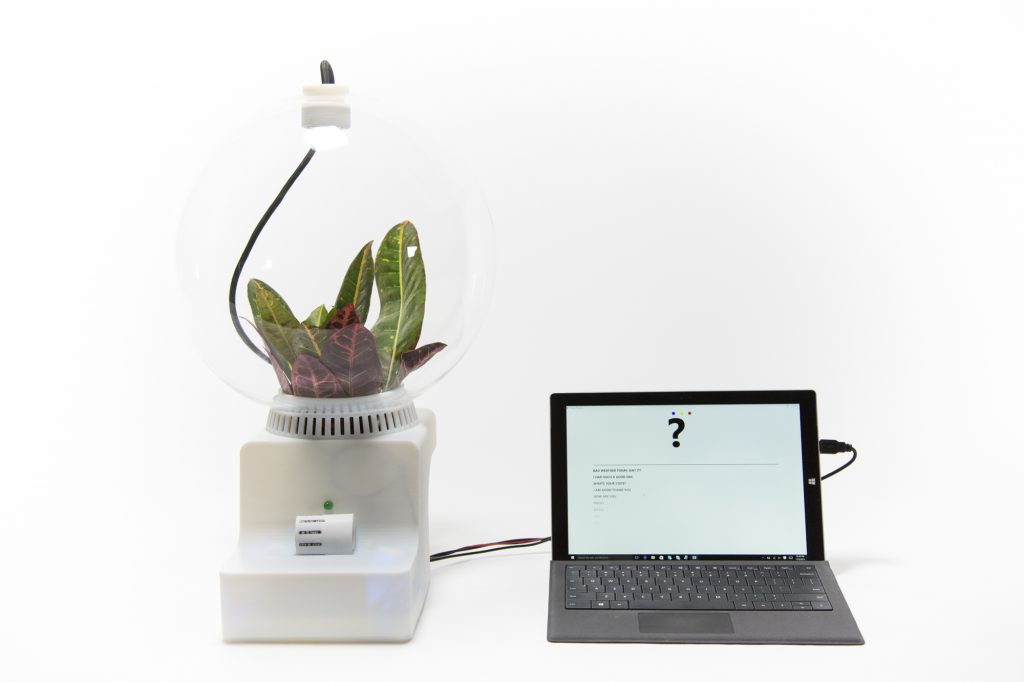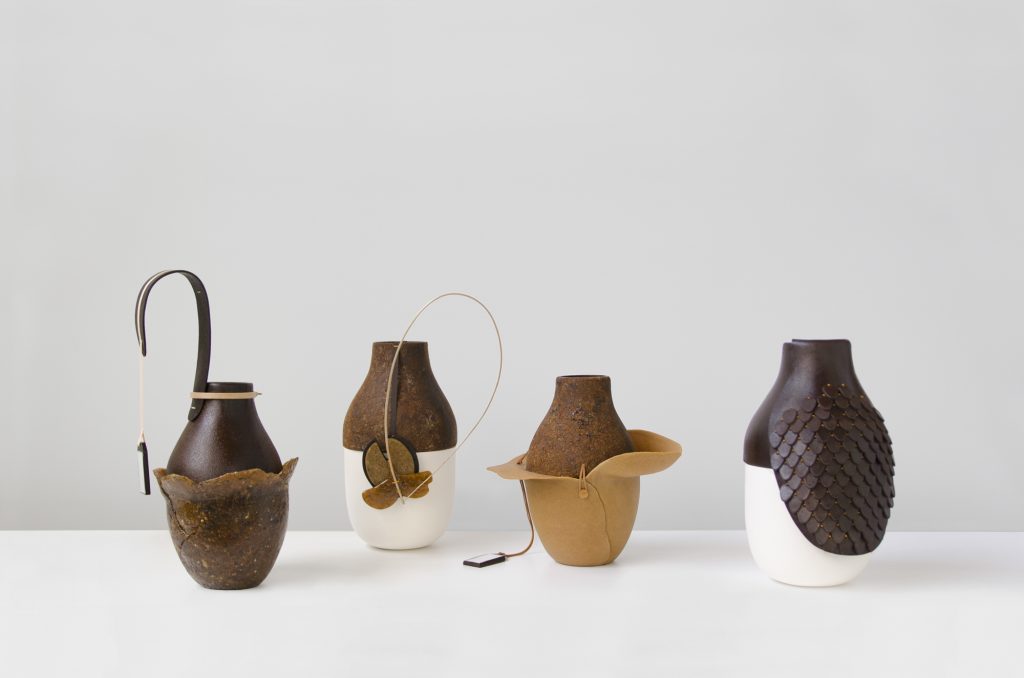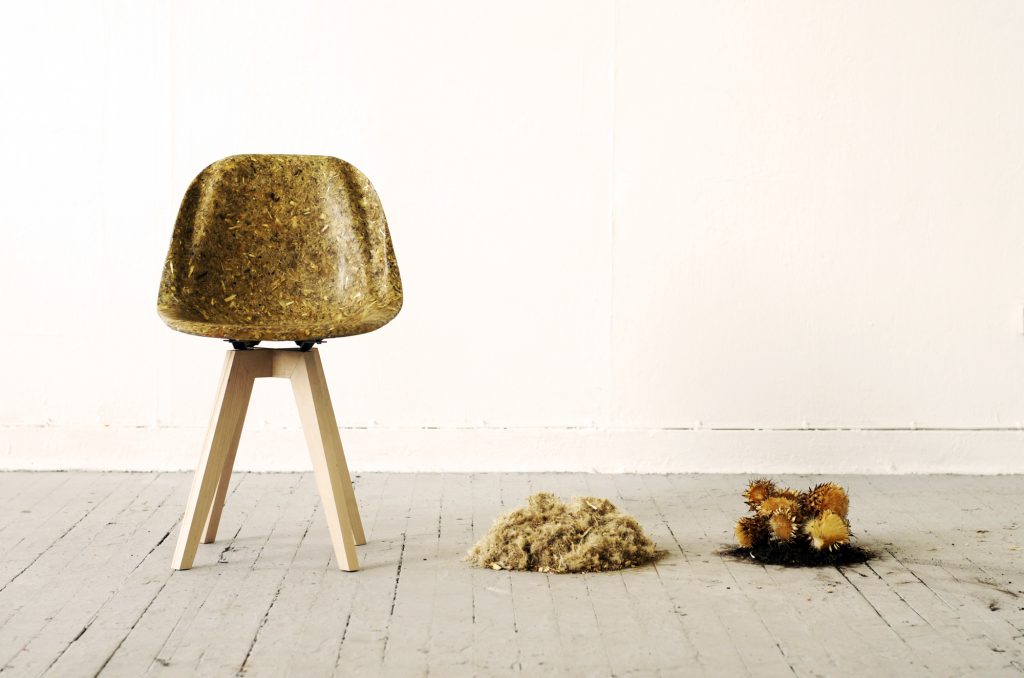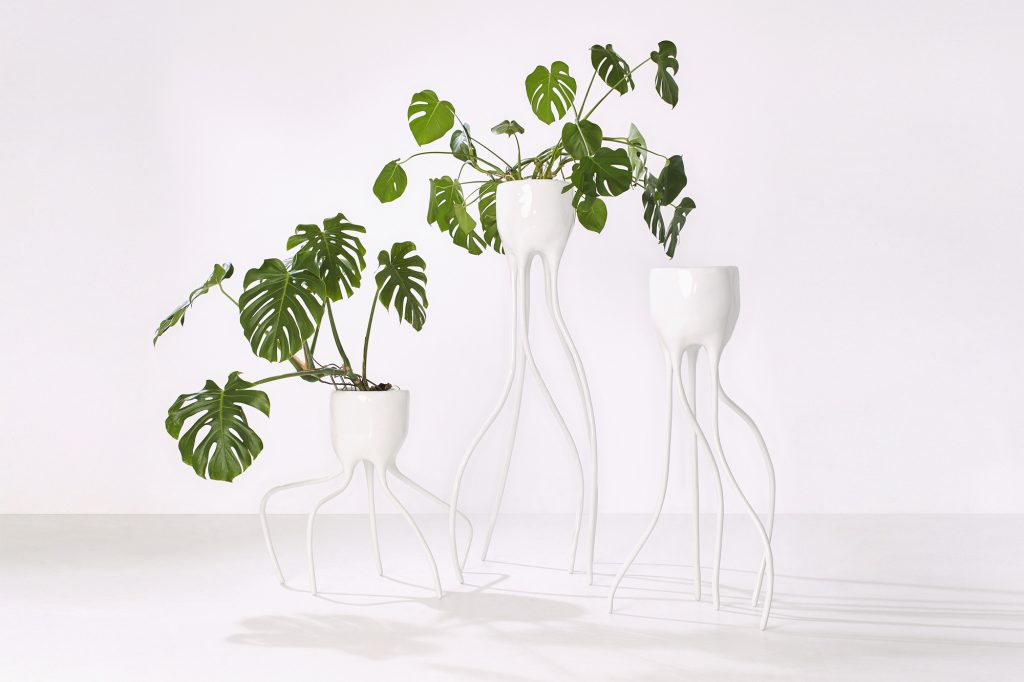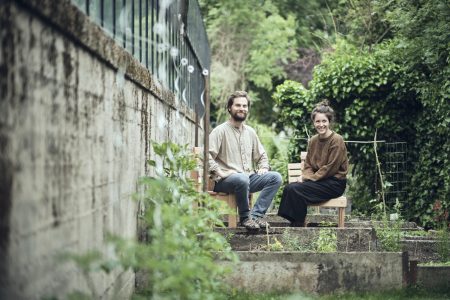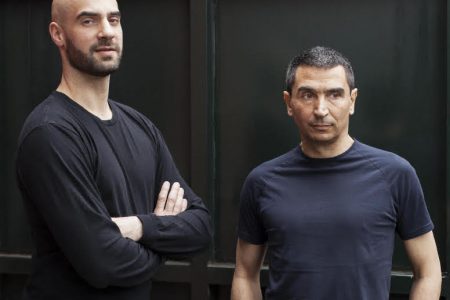Shifting Paradigms: Towards a Phyto-Centred Design
Until February 2021, Belgian museum CID au Grand-Hornu presents ‘Plant Fever’: a traveling exhibition that looks at the development of phyto-centered (or plant-originated) design.
Following a long humanist tradition that places [part of] humanity at the centre of everything, in the course of the 1940s, Swiss-French architect Le Corbusier developed a measuring system known as the Modulor. Conceived to be applied universally, the method proposed to rationalise and recalibrate the domestic landscape using the body of a standard [male] human being as reference. Since its release, the Modulor has been celebrated and adopted by many architects, becoming one of the many anthropocentric rules we follow to build our domestic environments. However, while placing humans at the core of the design process may have led our [Western] societies to create living spaces that are rational and efficient, they also often also feel soulless and sterile. By adopting human-based mathematical precision as the primary criterion to shape our spaces and products, we seem to have forgotten that the contexts we inhabit are larger than us and should welcome other forms of life. Not just for aesthetic and functional reasons, but as real cohabitants of those contexts. Because, ultimately, considering the needs of other species might result in the improvement of our own quality of life.
In that sense, our relationship with the vegetal world constitutes the perfect example of how we usually deal with such otherness. Our very existence depends on plants. From the oxygen we breathe to the molecules that make up the medicines that cure us; from the materials that we use to house, nourish and dress ourselves to some of the myths that form the basis of our cultures: plants are part of us, and we are part of them. Yet, as British journalist and writer Richard Mabey pointed out in his book The Cabaret of Plants (W. W. Norton & Company, 2016), in our eyes, plants remain “as the furniture of the planet, necessary, useful, attractive, but ‘just there’, passively vegetating”. We consider them as objects that we can use ad libitum.
The current climate crisis, however, has shown us that in the long run, the objectification of nature is not a durable approach. Recently, many representatives of indigenous communities, philosophers, engineers, botanists, biologists and gardeners have raised their voices against the sense of human exceptionalism that has shaped our restrictive vision of plants for centuries. From the reappreciation of ancient knowledge to the emergence of vegetal ethics and the research on the ‘intelligence’ of plants, new scientific facts and philosophical theories are shaking the old [Western] order. The time has come for us to rethink the centrality of [man]kind in the broader natural context.
The quest for a new symbiosis with the world of plants – which are at the origins of life on Earth – was the starting point for the conception of our upcoming travelling exhibition Plant Fever. Produced by the Belgian museum CID au Grand-Hornu and exhibited from October 18th to February 14th [2021] – the show intends to look at the future of design not from a human-centred, but a phyto-centred perspective. The selected exhibits will highlight the work of designers who are already shifting towards this approach. Plant Fever will try to emphasise how “a new way of conceiving plants could determine new human choices”, to adopt the words of Belgian philosophers Quentin Hiernaux and Benoît Timmermans. Choices that should help us redefine our measuring tools, moving to systems that embrace diversification instead of standardisation, and interspecies collaboration instead of human supremacy. Japanese artist Isamu Noguchi once said: “It is my desire to view nature through nature’s eyes and to ignore man as an object for special veneration.”
Cover Photo: The Phytophiler, 2014, Dossofiorito Courtesy Dossofiorito.
This article was originally published in TLmag’s 2020 Spring/Summer edition TLmag33: The New Age Of Humanism

